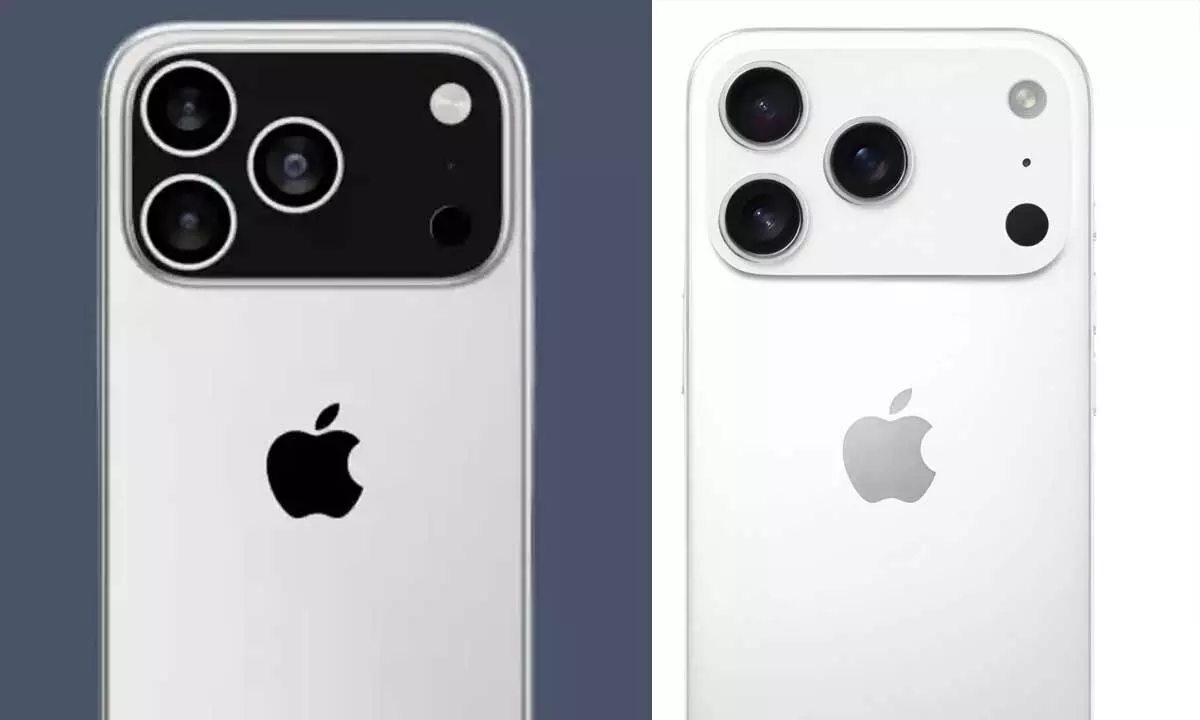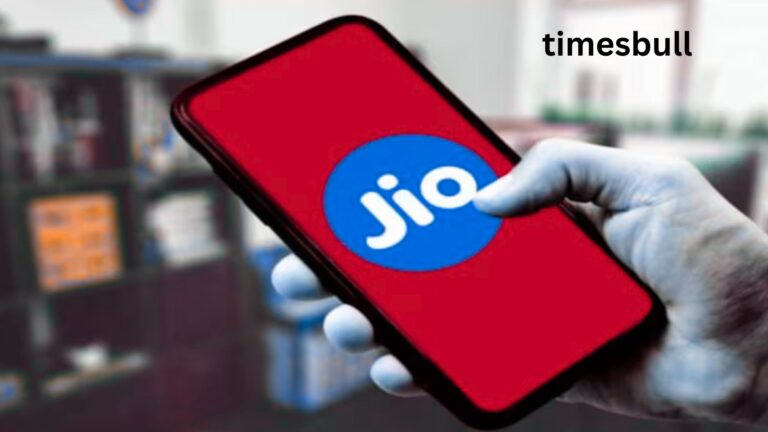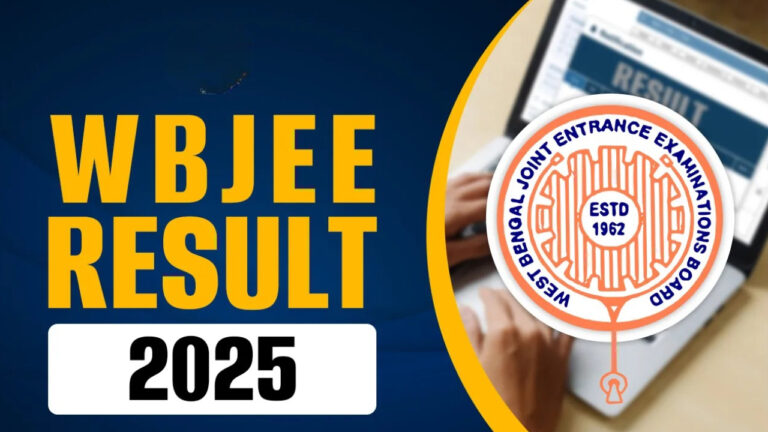iPhone 17 Pro: Apple Fans are already looking forward to the release of the iPhone 17 Pro, and the recent leak has only added to the excitement. A critical camera-related fact has emerged, showing that Apple could be introducing one of its largest camera upgrades to date. Not revealing too much, however, this new leak provides sufficient cause for users to wait and watch this upcoming high-end phone.
iPhone 17 Pro Camera
iPhone 17 Pro should have a serious triple rear camera configuration, each of the three sensors being rated at 48MP. There should be a 48MP wide-angle camera with an f/1.8 aperture, a 48MP telephoto camera with an f/2.8 aperture, and a 48MP ultra-wide-angle camera with an f/2.2 aperture. This implies that Apple is seriously concentrating on enhancing photo and video quality on all shooting modes. On the front, the phone can have a 24MP selfie shooter, which would provide high-resolution and crisp selfies, even under low-light conditions.
Display
The smartphone will feature a 6.3-inch 1206 x 2622 pixels screen with a 120Hz refresh rate, guaranteeing smoother animation and improved viewing quality. The display is expected to be capable of supporting Apple’s Dynamic Island, providing the user with an updated interface experience.
Battery and Connectivity
Although the precise battery capacity isn’t established, the listing indicates a high-quality Li-ion battery. Like other Pro editions before, users can anticipate optimum optimization for extended usage. In terms of connectivity, iPhone 17 Pro will feature 3G, 4G, 5G, VoLTE, Wi-Fi, and NFC, which are all contemporary network and wireless standards.
Expected Price and Launch Details
iPhone 17 Pro is expected to launch soon in India, with a starting price of Rs.1,49,990. Though Apple hasn’t officially announced the date, interested users can set alerts on various platforms to be notified once it goes on sale.
What Makes This Camera Setup Special
Apple committing wholeheartedly to three 48MP sensors demonstrates a definite photography focus. This would greatly improve image processing, minimize noise, and provide consistent quality across zoom settings, which is something phones today often fail to achieve.










